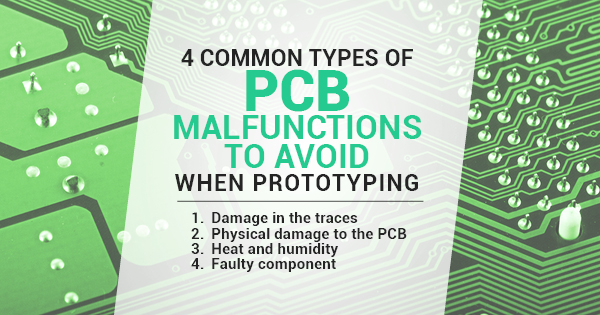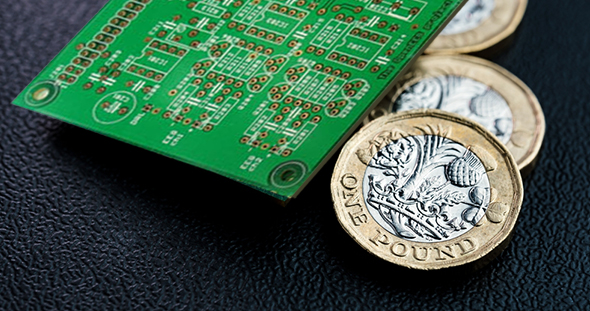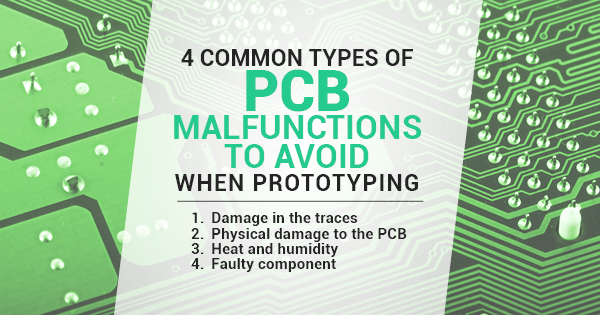Printed circuit boards are essential for the electrical connection and mechanical support of electronic components, which is why it’s so important for any mistakes in the PCB to be found in the prototype circuit board. During manufacturing and the development of the prototype circuit board, malfunctions can be built into the board by mistake.
Fortunately, because of the nature of PCBs, these malfunctions are easily repairable. However, to help prevent these types of malfunctions from occurring in PCB manufacturing, consider the following common malfunctions found in prototype PCB assembly.
- Damage in the traces
Common causes of damage to the traces in a PCB include lightning strikes, metallic dust contamination, and power surges. Circuit board traces are made of copper and silver and can cause other problems with the circuit board if damaged. Damage to the circuit board’s traces are fortunately repairable and any damage is typically easily visible.
2. Physical damage to the PCB
A PCB failure is typically linked either to damage caused by the PCB manufacturer during production or due to environmental stresses. In this case, physical damage to the PCB may be caused by both. Dropping the PCB or prototype circuit board is one of the most common causes of PCB failure. However, any damage to the physical pieces of the board are not repairable and therefore the PCB itself must be replaced.
3. Heat and humidity
When PCBs are exposed to heat and humidity, the result is thermal stress. Thermal stress in the PCB may result in damaged components and the soldering of joints. Increased stress is often caused by plating issues or improper copper weight.
4. Faulty component
Finally, another common cause of PCB issues and failure is a faulty component. Problems with the component can be caused by voltage surges, overheating, aging, and corrosion. The actual damage caused by the faulty component can be read using a meter.
As with all manufacturing industries, mistakes are sometimes made during the manufacturing of PCB prototypes. However, by knowing what to look for you’ll be able to better avoid PCB malfunctions and will be able to identify and resolve them more efficiently.



